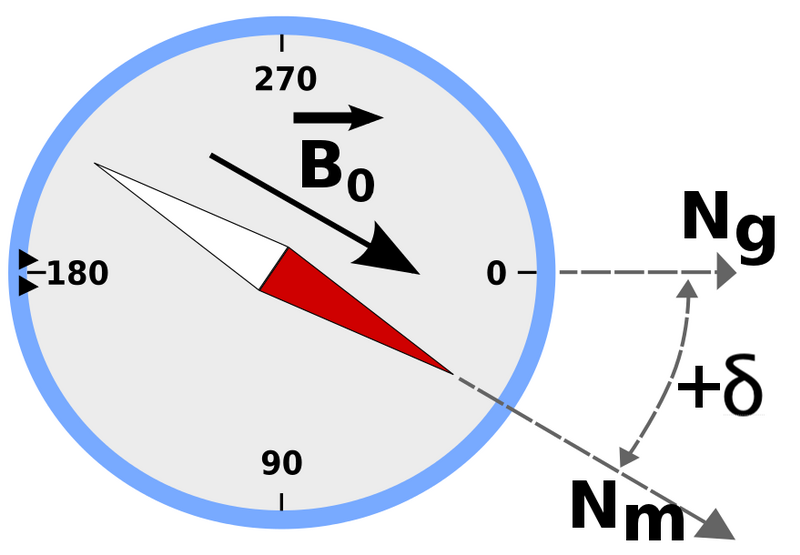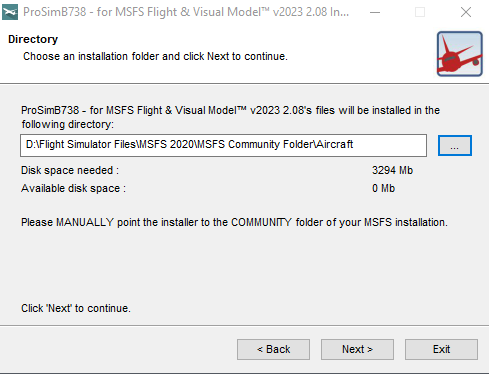AIRCRAFT SHELL, INTERNAL LININGS, PLATFORM & SEATS
A flight simulator is more than the main instrument panel, center pedestal and throttle quadrant. Considerable thought must be given to the shell, internal linings, seats and platform. The shell and internal linings, although visually important are not as critical as the platform. The platform must be sturdy enough to hold the weight of real aircraft components, which in comparison to reproduction parts are quite heavy, and two adults.
Shell & Internal Linings
A shell provides excellent immersion and allows you to concentrate solely on the task at hand without visual distractions.
At the time of writing there are three options available:
(i) A facsimile of a nose cone from Flight Deck Solutions (FDS). This is probably the easiest option as the nose has been prefabricated. Reproduction linings are also available (buy & forget). It also is possible with some conversion work to implement OEM linings into the reproduction shell;
(ii) A custom-made 'roll cage' style assembly of some description which mimics the basics of a shell. This can be manufactured from aluminium, steel or wood. To this, front windows can be added. The roll cage could aptly be termed a 'shell skeleton'; or,
(iii) A nose cone from a real aircraft (retrofitted).
I've often thought of retrofitting a genuine aircraft nose cone, or at the very least a shell. However, space limitations preclude these options (at the present time). Therefore, a shell or side linings will not be used.
In all likelihood option (ii) will be chosen, and a custom-made shell that blends with the theme of a simulator will be used. At the very least, OEM ceiling linings will be installed along with reproduction front windows.
aluminum platform supporting em yokes and columns
Platform (interim & final)
An interim platform was constructed in late 2011 to mount the MIP, throttle quadrant, center pedestal and seats. I constructed the platform from wood and painted it Boeing grey in colour.
This platform was always intended to be replaced with an aluminum platform, and was replaced soon after taking delivery of OEM Boeing 737 yokes, columns..
The replacement platform has been made from quarter braced welded aluminium. The platform design is modular and comprises comprises 6 sub sections that are securely bolted together. If I wish to extend either the front, side or rear of the platform, this can easily be done by adding another module.
The floor was fabricated from ABS plastic that was cut to specific sizes and painted Boeing grey. Some sections of the floor can be easily removed enabling access for under floor maintenance.
For additional information:
Seats - Ipeco or Weber
Using OEM seats adds considerable immersion to any home simulator.
sheepskin cover fitted to weber seat
The type of seat used in the 737 depends upon whether the aircraft is a classic series (300 through 500) or the Next Generation (600 through 900). Classics use Weber seats which have claw feet and do not use a sliding J-Rail. The Next Generation uses Ipeco seats which has a sliding J-Rail system.
Claw feet are very easy to install to a platform as they bolt directly to the floor. Movement of the seat is achieved by moving the seat either up, down, forward or aft.
One of the main reasons Boeing changed the seat type was because of the evolution of avionics. The classic series aircraft use two-bay center pedestals; the narrower pedestal meant that pilots could easily squeeze between the seat and the pedestal. However, with additional avionics the two-bay pedestal was replaced by a three-bay pedestal. This meant there was less room to squeeze beside the pedestal to get into the cockpit. To enable easy access to the cockpit, the Weber seats were replaced with Ipeco seats and a j-rail system was installed to the floor.
At the beginning of the project I was offered two Weber seats. At the time I didn't realise that the Next Generation used seats made by Ipeco. If you're a purist, it's possible to alter the Weber seats to look almost identical to Ipeco seats, and retrofit j-rails to the seats and floor structure. However, doing so is not without its challenges, primarily because the j-rails must mate with the seat to ensure the mechanism slides easily. Ipeco seats have been designed to be used with the j-rail system, and it's probably easier to swap out the seats (if your this way inclined).
The following articles discuss the Weber seats:
Photographs of the Weber seats can be seen in the image gallery.












































